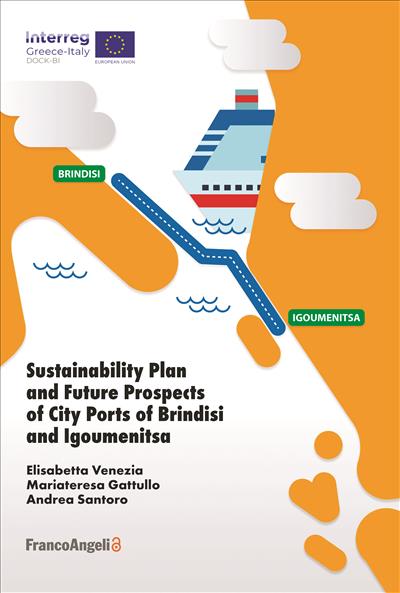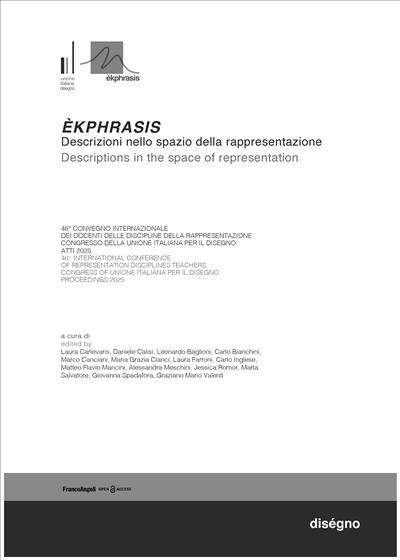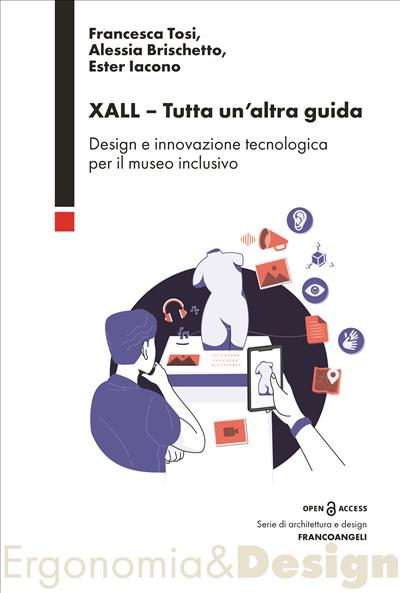
Communication designers for fairness
A feminist model to activate gender de-biasing paths
In a framework still strongly marked by androcentrism, how can we equip future communication designers to challenge gender bias and propose new perspectives that diverge from the hegemonic ones? Emerging from a critical reinterpretation of the intersections between feminist theories and visual culture, this volume explores strategies, tools, and methods aimed at training gender-sensitive designers.
Pagine: 214
ISBN: 9788891717528
Edizione:1a edizione 2025
Codice editore: 10313.8
Informazioni sugli open access




